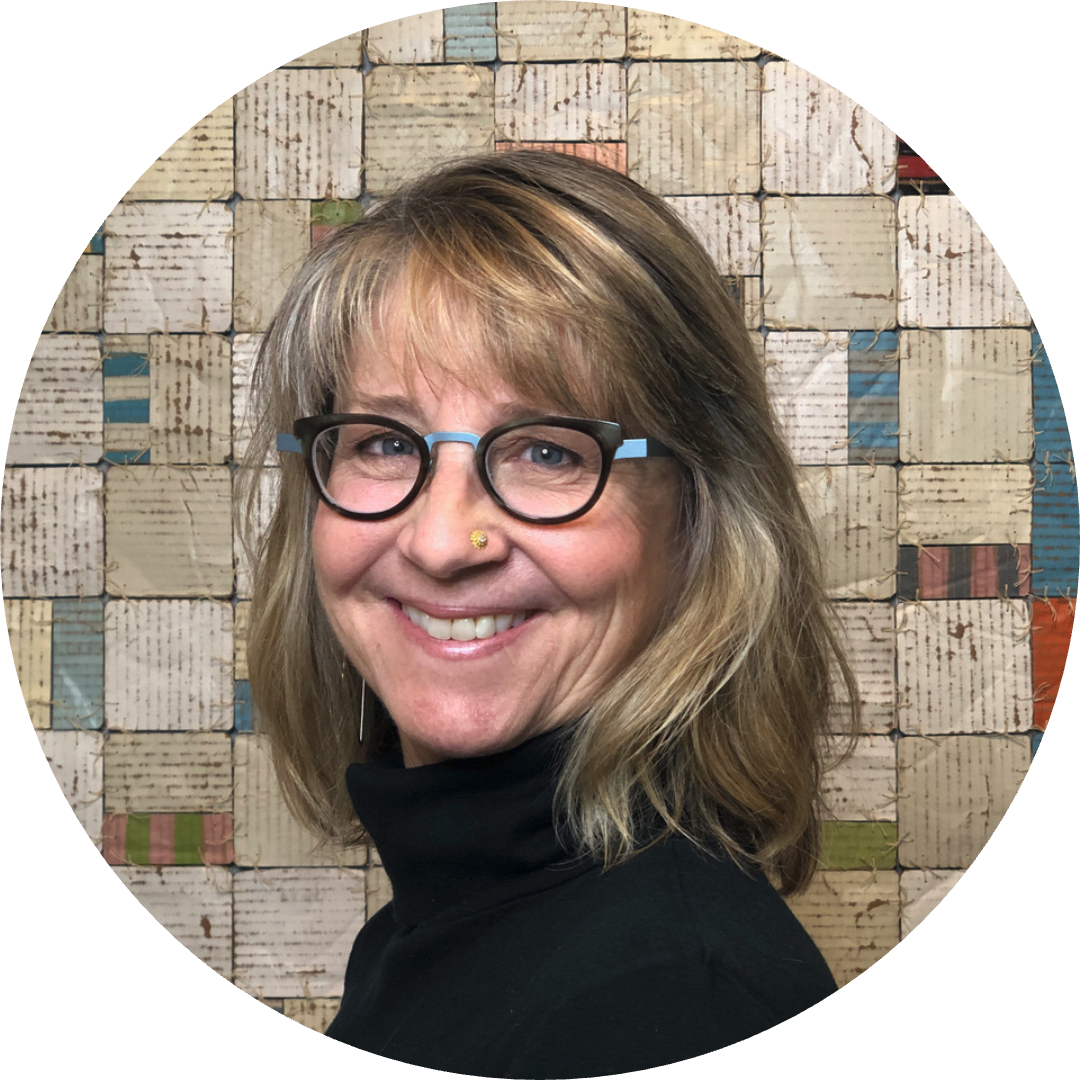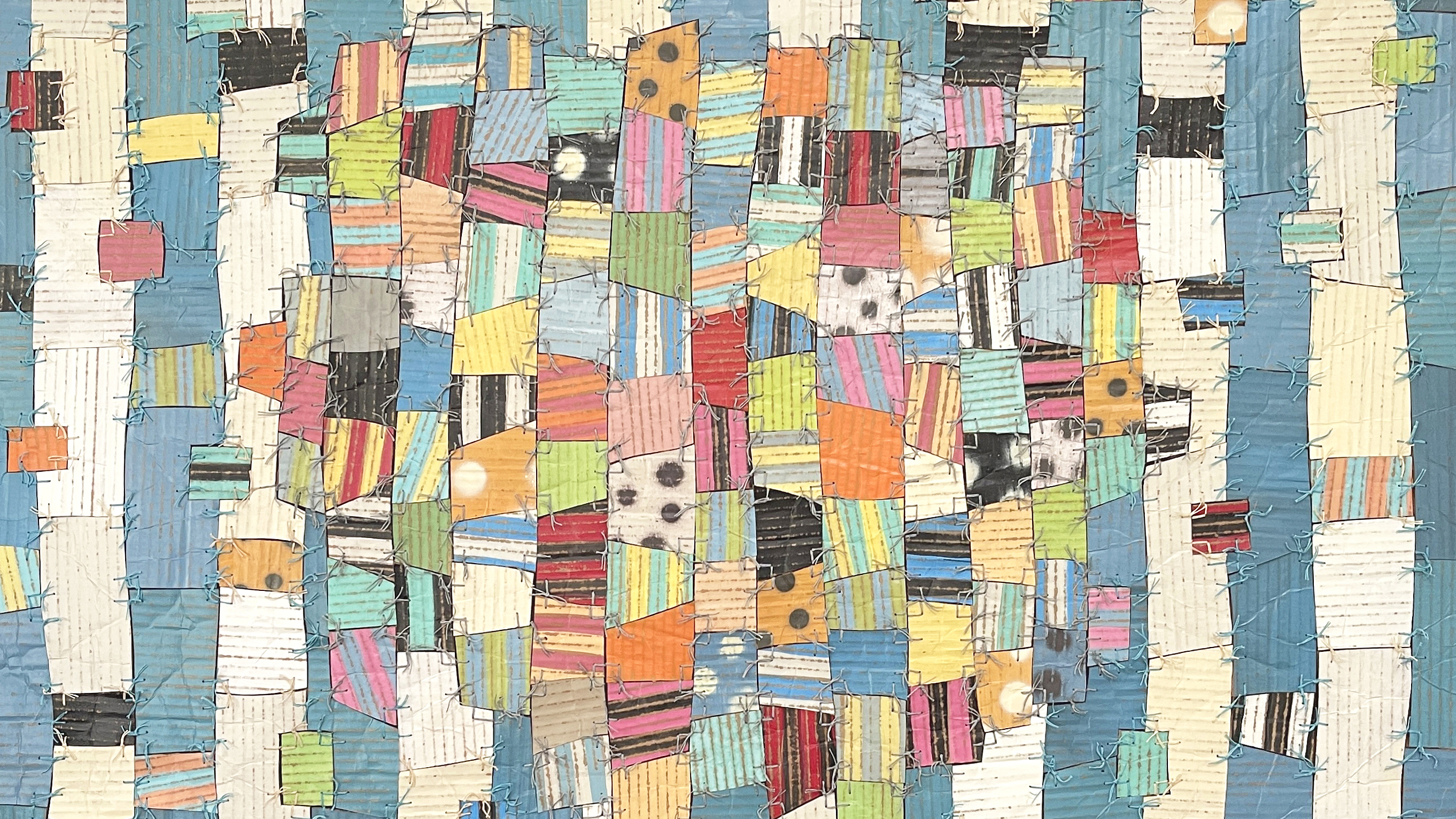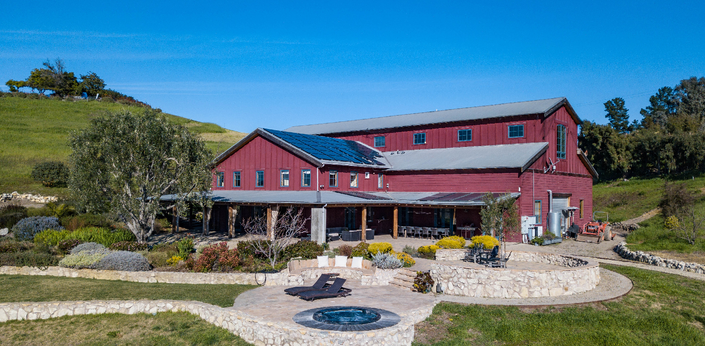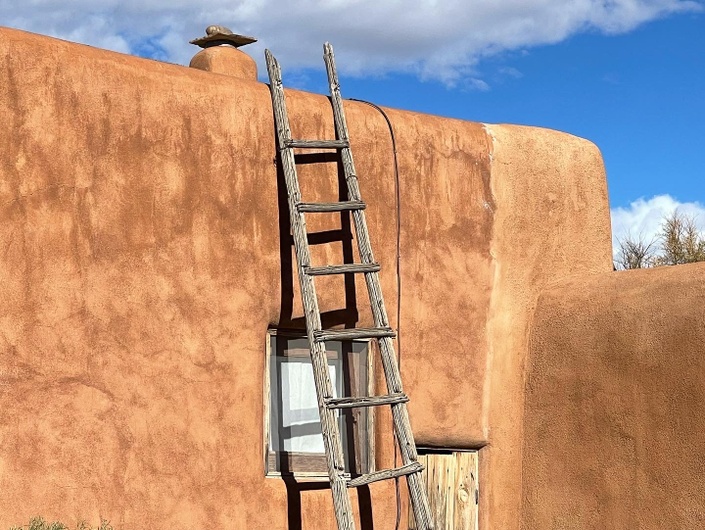Have you been interested in using cardboard as a medium in your art?
Cardboard is a versatile and readily available material that is often underestimated. Its affordability, accessibility, and versatility make it a sustainable choice for creating 2D work, sculptures, and installations.

Why Cardboard?
- One of the key benefits of cardboard as an art material is its accessibility. Cardboard can be easily sourced from everyday items like shipping boxes and packaging materials.
- It is a cost-effective option for artists looking to experiment with new mediums or create large-scale installations without breaking the bank.
- Cardboard is lightweight and easy to manipulate, making it ideal for artists who want to work on projects that require mobility and flexibility. Its ease of manipulation make cardboard an ideal medium to experiment with form, shape, and texture.
- An important characteristic of cardboard is its sustainability. As a recyclable material, cardboard offers artists the opportunity to create eco-friendly artwork. By repurposing cardboard that would otherwise end up in landfills, artists can reduce their environmental impact and promote sustainability through their art. This aspect adds an extra layer of depth to the creative process, enabling artists to explore themes of conservation, resourcefulness, and environmental awareness in their work.
By pushing the boundaries of what is traditionally considered a "disposable" material, artists can challenge perceptions and spark conversations about the potential of everyday objects in the art world.
What to expect in this class:
- Presentations and videos on contemporary artists using cardboard.
- Exploring surface treatments for cardboard.
- Instruction on various techniques for constructing with cardboard, such as: stitching, glueing, stapling, cutting, folding, scoring, etc.
- Feedback and group discussion on work completed during the course.
- Assignments to include 2D and 3D applications.

Stitching is just one of the techniques we will use to construct with cardboard.
“The effort Sue puts into her classes and the level of content and expertise she provides is exceptional.” - Karen H.
FAQ's
Q: Do I need to have experience with cardboard?
A: No, this class is open to anyone.
Q: Will we be working in class?
A: Yes, sometimes. Be prepared in case time allows.
Q: What if I have some questions about the class or registration?
A: Contact Sue at [email protected].
Please review our refund policy below:
- Enrollees are eligible for a full refund within 14 days of the date of purchase.
- Refund requests made after the initial 14 days will incur processing fees.
- Cancellations made within 2 weeks before the course start date are subject to a 50% refund.
- No refunds will be given once a class has started.
- Instead of a refund, you may opt to use your purchase as credits for a future class.
To request a refund, please contact us at [email protected] within the specified time frames. Include your [Course Name], and the reason for the refund request in your email.
If you have any questions or concerns regarding our refund policy, feel free to reach out to us at [email protected]
We appreciate your understanding and commitment to Cardboard Constructions. Happy learning!

About Sue
Susan Stover draws on over 30 years of professional experience in helping you realize your artistic goals. Susan works easily between a variety of mediums, ever attentive to their history and cultural foundations. Students benefit from her extensive knowledge of art, art history, and techniques. She demystifies various techniques and encourages students to combine mediums in new ways. Having studied different cultural aesthetic traditions from around the world, she embraces ritual, tradition, and meditation inherent in repetitive processes. She brings this depth of knowledge to her work and teaching. Combining art historical information and a rich understanding of the processes, techniques, and histories of the various mediums enhances her teaching and helps you to consider these elements as you conceptually frame your art practice.
See more.



